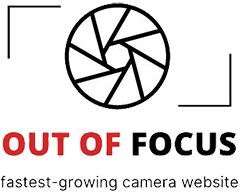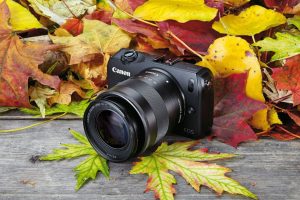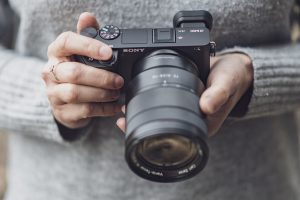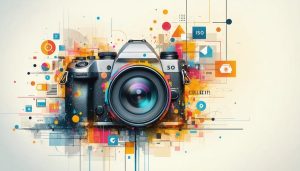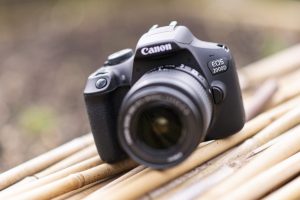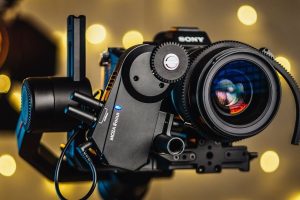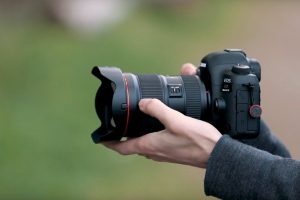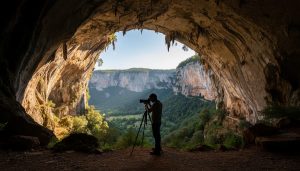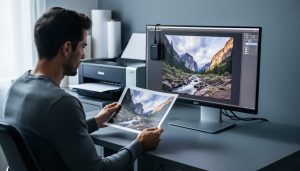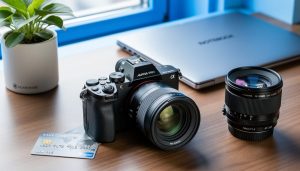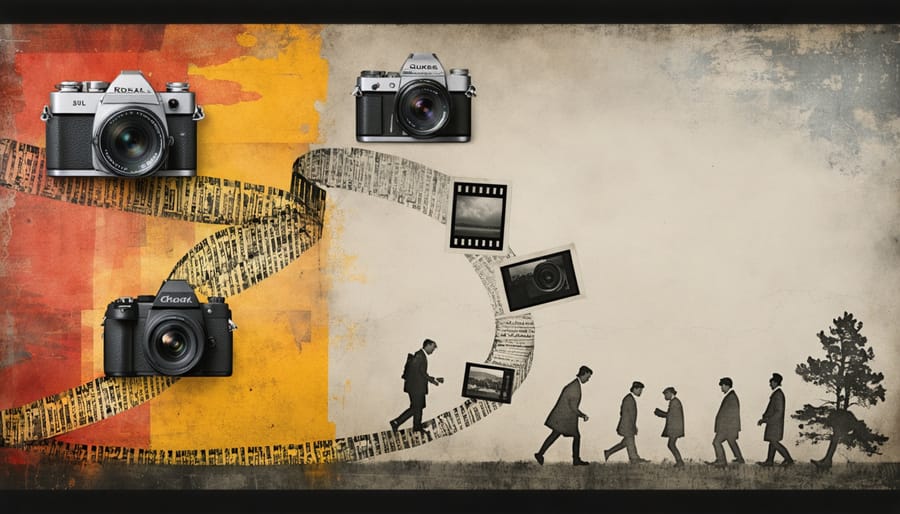
From the first daguerreotype in 1839 to today’s sophisticated digital sensors, photography’s evolution stands as one of humanity’s most transformative technological journeys. This revolutionary art form and scientific achievement has fundamentally changed how we document history, express creativity, and perceive reality.
The story of photography weaves together countless innovators, artists, and scientists who pushed the boundaries of what seemed possible. From Nicéphore Niépce’s earliest permanent image in 1826 to George Eastman’s democratization of photography through the Kodak camera, each breakthrough has built upon previous discoveries to create the rich photographic landscape we know today.
As we trace photography’s development through time, we’ll explore how chemical experiments in dark rooms evolved into computational photography in our smartphones. This timeline not only reveals the technical milestones that shaped the medium but also illuminates photography’s profound impact on society, art, and human communication.
Whether you’re a professional photographer, history enthusiast, or curious learner, understanding photography’s historical journey provides valuable context for appreciating modern imaging technology and glimpsing where this ever-evolving medium might lead us next.
The Birth of Photography (1800-1839)
Camera Obscura: The Ancient Beginning
The story of photography begins with a simple yet revolutionary concept: the camera obscura, Latin for “dark chamber.” This ancient optical phenomenon was first documented by Chinese philosopher Mozi around 470 BCE, though Aristotle later provided detailed observations of its principles in 4th century BCE. Picture a completely dark room with a tiny hole in one wall – when light passes through this small opening, an inverted image of the outside world appears on the opposite wall.
Artists and scientists throughout history were captivated by this natural projection system. During the Renaissance, painters like Leonardo da Vinci studied and documented the camera obscura, using it as a drawing aid to achieve perfect perspective in their artwork. By the 16th century, portable versions emerged – wooden boxes with lenses that improved the clarity of projected images.
The camera obscura laid the foundational principles for modern photography. Its basic concept of controlling light through an aperture to create an image remains fundamental to every camera we use today, from smartphone cameras to professional DSLRs. This ancient discovery set the stage for centuries of innovation in image capture and reproduction.
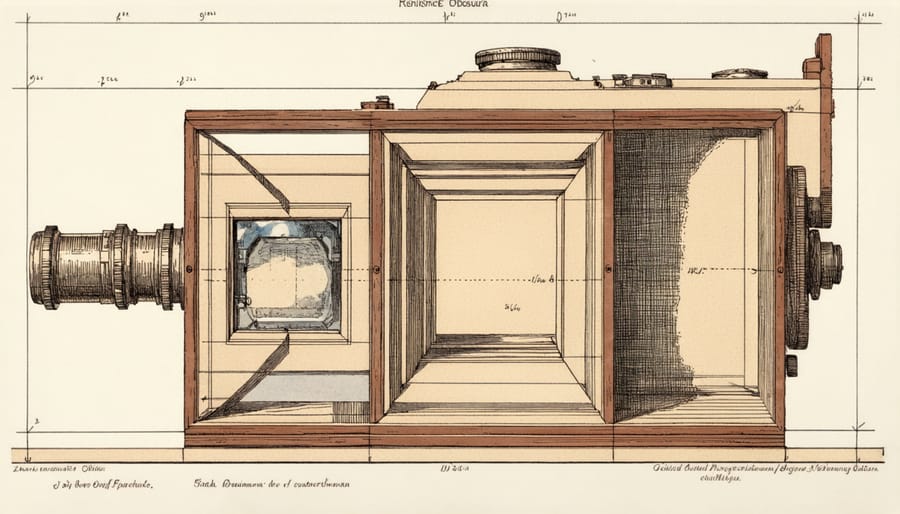
Niepce and Daguerre: The First Permanent Images
In the early 1800s, two French pioneers revolutionized the world of image-making through their groundbreaking historic photo processes. Joseph Nicéphore Niépce, experimenting in his estate in Burgundy, created what’s considered the first permanent photograph in 1826. His “View from the Window at Le Gras” required an extraordinary eight-hour exposure using a process he called heliography, which involved a pewter plate coated with bitumen.
While Niépce’s breakthrough was revolutionary, it was his later partnership with Louis Daguerre that truly transformed photography into a practical reality. After Niépce’s death in 1833, Daguerre continued their work and eventually developed the daguerreotype process in 1839. This new method produced incredibly detailed images on silver-plated copper sheets in just 20-30 minutes – a dramatic improvement over heliography’s lengthy exposure times.
The daguerreotype process quickly captured the public’s imagination. Each image was unique and impossibly detailed, appearing almost three-dimensional when viewed at the right angle. Portrait studios began popping up across Europe and America, making photography accessible to the middle class for the first time. Though daguerreotypes were fragile and couldn’t be duplicated, they dominated photography for nearly two decades.
The impact of these early innovators extends far beyond their time. Niépce’s pursuit of permanent images and Daguerre’s refinement of the process laid the groundwork for all subsequent photographic developments. Their work proved that capturing reality through chemical processes was possible, sparking a creative and technological revolution that continues to influence how we capture images today.

The Victorian Era Revolution (1840-1900)
The Calotype and Wet Plate Process
The evolution of photography took a significant leap forward with the introduction of two revolutionary old photography techniques: the calotype and wet plate process. In 1841, William Henry Fox Talbot introduced the calotype, marking the first negative-positive process that allowed multiple prints from a single exposure. Unlike the daguerreotype, which produced one-of-a-kind images, the calotype’s paper negative could be used to create numerous positive prints.
The process involved treating paper with silver nitrate and potassium iodide, creating light-sensitive silver iodide. After exposure in the camera, the latent image was developed using gallic acid, resulting in a negative that could be waxed for transparency. This negative was then contact-printed onto another sheet of sensitized paper to produce the final positive image.
By 1851, Frederick Scott Archer revolutionized the field with the wet plate collodion process. This technique combined the detail of the daguerreotype with the reproducibility of the calotype. The process required photographers to coat glass plates with collodion (a solution of gun cotton in alcohol and ether) mixed with potassium iodide, then sensitize them with silver nitrate. The plate had to remain wet during exposure and development, necessitating portable darkrooms for field work.
Despite its complexity, the wet plate process dominated photography for the next three decades, offering shorter exposure times and crystal-clear images. It became the foundation for both amateur photography and commercial portraiture, paving the way for modern photographic processes.
Kodak and the Democratization of Photography
George Eastman revolutionized photography in 1888 with the introduction of the Kodak camera, transforming what was once a complex, expensive pursuit into an accessible hobby for everyday people. His famous slogan, “You press the button, we do the rest,” perfectly captured the simplicity he brought to photography.
Before Kodak, photographers needed extensive knowledge of chemistry and technical processes, along with bulky equipment and darkroom facilities. Eastman’s breakthrough came with his development of roll film to replace heavy glass plates, and a simple camera pre-loaded with enough film for 100 exposures. Users would send the entire camera back to Kodak, where the film would be developed, prints made, and the camera reloaded with fresh film.
The impact was immediate and far-reaching. For the first time, families could document their own lives without hiring a professional photographer. Vacation photos, family gatherings, and everyday moments could be captured by anyone who could afford the $25 camera. This democratization of photography led to an explosion in personal photography and gave birth to the concept of the “snapshot.”
By 1900, Eastman introduced the Brownie camera, priced at just $1, making photography even more accessible to the masses, including children. This affordable innovation created a new culture of amateur photography that continues to influence how we document our lives today. The company’s commitment to simplicity and accessibility laid the groundwork for future developments in consumer photography, from instant cameras to today’s smartphone photography.
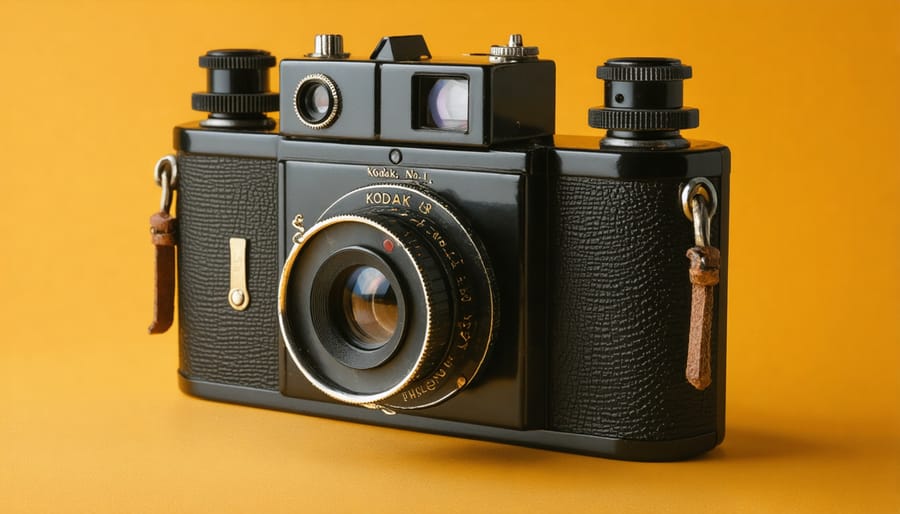
The Modern Age (1901-1990)
The Rise of 35mm Photography
The 1920s marked a revolutionary turning point in photography with the introduction of the Leica I, the first practical 35mm camera. Developed by Oskar Barnack in 1925, this compact camera transformed photography from a largely studio-based practice into a truly mobile art form. The Leica’s small size, excellent optics, and use of readily available 35mm cinema film made it an instant success among both amateur and professional photographers.
This innovation coincided perfectly with the rise of photojournalism in the 1930s and 1940s, ushering in what many consider the golden age of documentary photography. Photographers like Henri Cartier-Bresson, Robert Capa, and Margaret Bourke-White used these nimble cameras to capture decisive moments in history, from the Spanish Civil War to the Great Depression.
The 35mm format’s popularity sparked fierce competition among camera manufacturers. Companies like Contax, Nikon, and Canon began producing their own 35mm cameras, each adding innovations that improved functionality and ease of use. This competitive environment led to rapid technological advancement, including better lens designs, more accurate focusing systems, and improved light meters.
The format’s success wasn’t just about technical specifications – it fundamentally changed how photographers approached their craft. The ability to carry a high-quality camera discretely and shoot quickly opened up new possibilities for street photography and candid shots. The reasonable cost of film and processing made it possible for photographers to shoot more frames, encouraging experimentation and helping develop the “spray and pray” technique still used by some photographers today.
By the 1960s, 35mm had become the dominant format for both professional and amateur photography, establishing standards that would influence camera design well into the digital age. Many of the ergonomic and handling characteristics we see in modern digital cameras can trace their lineage directly back to these early 35mm designs, demonstrating the format’s lasting impact on photography.
SLR Revolution and Electronic Innovation
The Single-Lens Reflex (SLR) camera marked a revolutionary turning point in photography during the mid-20th century. This innovation allowed photographers to see exactly what the lens saw through the viewfinder, thanks to an ingenious mirror system. The evolution of camera lenses during this period made it possible to create more versatile and reliable cameras that truly transformed photography forever.
The 1960s and 1970s saw the introduction of groundbreaking electronic features in SLR cameras. Nikon’s Photomic T finder in 1965 introduced through-the-lens (TTL) metering, while Canon’s AE-1 in 1976 brought affordable electronic automation to the masses. These innovations made photography more accessible to enthusiasts while maintaining professional-grade capabilities.
The integration of electronic components continued to reshape camera design throughout the 1980s. Features like autofocus, program modes, and electronic shutters became standard. The Minolta Maxxum 7000, released in 1985, was the first SLR with built-in autofocus and motor drive, setting a new standard for camera functionality.
This era of innovation wasn’t just about technical advancement; it democratized photography by making complex techniques available to everyday photographers. Amateur photographers could now capture images with a level of precision previously reserved for professionals. The electronic revolution in SLR cameras laid the groundwork for the digital transformation that would follow, establishing many of the features we take for granted in modern cameras.
Instant Photography and Polaroid
The introduction of instant photography in 1948 by Edwin Land and his Polaroid Corporation revolutionized how people experienced and shared photographs. The Polaroid Model 95, the world’s first instant camera, allowed photographers to see their images develop right before their eyes in just 60 seconds – a feat that seemed almost magical at the time.
Instant photography democratized the medium in unprecedented ways. No longer did people need darkrooms or professional processing services; anyone could capture and share moments immediately. This immediacy transformed social photography, making it more spontaneous and experimental. Artists like Andy Warhol and Ansel Adams embraced Polaroid cameras, using them for both artistic expression and test shots.
The cultural impact was profound. Polaroid cameras became staples at parties, family gatherings, and social events. The distinctive white-bordered prints became iconic, representing a unique aesthetic that continues to influence digital photography filters and apps today. The ability to instantly review and retake photos also changed how people approached photography, establishing practices that would later become standard in the digital era.
For businesses, instant photography offered new possibilities in documentation, ID photos, and quality control. Insurance adjusters, real estate agents, and medical professionals could now capture and share visual information immediately, improving their workflow efficiency.
Despite Polaroid’s eventual decline in the digital age, the appeal of instant photography never truly faded. Modern instant cameras from Fujifilm’s Instax line and the revived Polaroid brand continue to attract new generations, proving that the magic of watching a photograph develop in your hands remains as captivating as ever.
The Digital Revolution (1991-Present)
First Digital Cameras
The dawn of digital photography arrived in 1975 when Kodak engineer Steven Sasson created the first digital camera prototype. This groundbreaking device weighed 8 pounds, captured black and white images at a mere 0.01 megapixels, and took 23 seconds to record a single photo onto a cassette tape. While primitive by today’s standards, it laid the foundation for modern digital imaging.
The first commercially available digital camera, the Fujix DS-1P, appeared in 1988, followed by the Dycam Model 1 in 1990, which was the first to connect directly to a computer. However, it was the Kodak DCS-100 in 1991 that marked the first professional digital SLR, featuring a 1.3-megapixel sensor and a price tag of $13,000.
The mid-1990s saw rapid advancement with cameras like the Apple QuickTake 100 and the Casio QV-10, which introduced LCD screens for instant image review. By 1999, Nikon’s D1 revolutionized the market as the first DSLR developed entirely by a major manufacturer, offering professional quality at a relatively affordable $6,000.
This period of innovation transformed photography forever, setting the stage for the digital revolution that would make film cameras obsolete in many applications. The technology’s rapid evolution from curiosity to professional tool happened in just over two decades, fundamentally changing how we capture and share images.
Smartphones and Computational Photography
The introduction of smartphones with advanced cameras marked a revolutionary shift in photography’s landscape. When Apple launched the first iPhone in 2007, few could have predicted how mobile devices would transform the way we capture and share powerful visual stories.
Computational photography, the backbone of modern smartphone cameras, combines multiple exposures and sophisticated algorithms to achieve results that were once possible only with professional equipment. Features like HDR, Night Mode, and Portrait Mode demonstrate how software can overcome the physical limitations of small smartphone sensors.
The rise of social media platforms like Instagram further catalyzed this revolution, making photography more accessible and democratic than ever before. Smartphones introduced innovative features such as AI-powered scene optimization, real-time filters, and advanced image stacking techniques that can capture everything from stunning astrophotography to professional-looking portraits.
By 2023, smartphones had become the primary photography device for most people, with manufacturers like Apple, Google, and Samsung pushing the boundaries of what’s possible with multiple lenses, advanced AI processing, and computational raw imaging. This democratization of photography has not only changed how we document our lives but has also influenced the aesthetic preferences of an entire generation, blending technical innovation with creative expression in unprecedented ways.
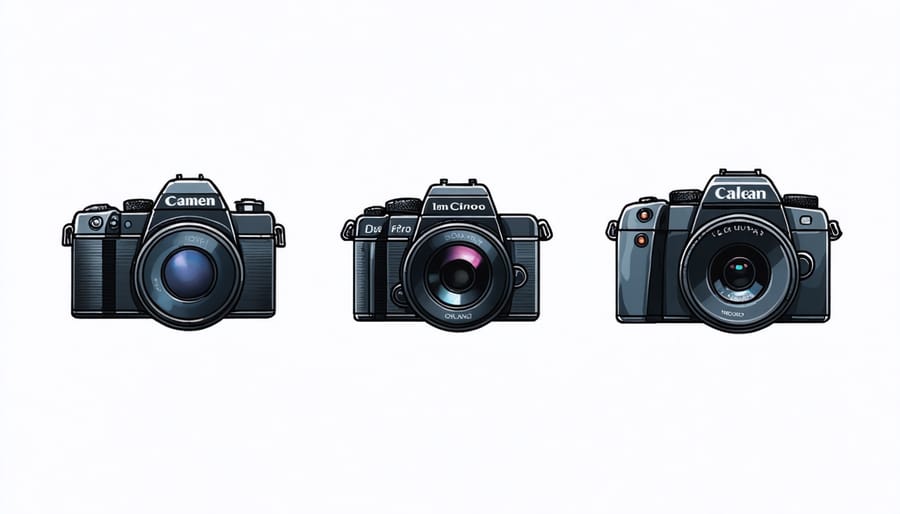
From the first permanent photograph in 1826 to today’s sophisticated digital cameras and AI-powered imaging systems, photography has undergone a remarkable transformation. This journey reflects humanity’s endless pursuit of capturing and preserving moments, memories, and artistic vision. What began as a complex chemical process accessible to only a few determined pioneers has evolved into a ubiquitous form of expression available to billions through smartphones and advanced cameras.
Looking ahead, photography continues to push boundaries. Computational photography is revolutionizing what’s possible with a camera, while advances in sensor technology are enabling us to capture images in previously impossible conditions. Virtual and augmented reality are opening new dimensions for visual storytelling, and artificial intelligence is transforming how we edit and process images.
Yet, amid these technological advances, the fundamental essence of photography remains unchanged: the desire to freeze time, share perspectives, and communicate through visual imagery. Whether through a vintage film camera or the latest mirrorless system, photographers continue to chase the perfect moment, just as their predecessors did two centuries ago.
As we move forward, the democratization of photography technology promises to unlock even more creative possibilities, while the preservation of traditional techniques ensures that the art form’s rich heritage continues to inspire future generations. Photography’s history isn’t just a timeline of technical innovations – it’s a testament to human creativity and our enduring desire to capture the world around us.
